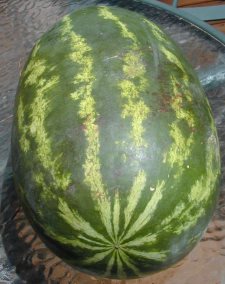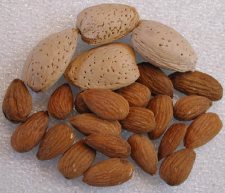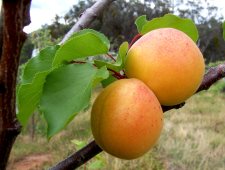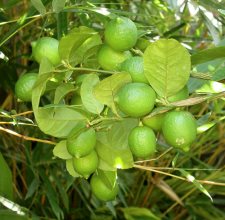New Foods
Explain how Europe benefited from cultural diffusion during the period c. A.D. 1000 - 1500.

European Crusaders developed a taste for the new foods they discovered. Many found, for example, that the use of pulverized almonds in cooking added a delicate touch to dishes with which they were already familiar.
The Europeans fell in love with the Arabic system of cooking where a large cauldron permanently hung over a low burning fire and to daily add to the pot whatever happened to be at hand.
These cauldrons became part of Crusader life and from them came thick soups, stews and dumplings made of rye flour. The Crusaders even learned that they could make puddings in these pots if the ingredients were first tied in a flaxen cloth before suspending in the pot from a hook.
Lemons

The exact origin of the lemon is unclear, but it is thought to have originated in Southeast Asia where they have been cultivated for around 4,000 years. The citron was carried to the Middle East between 400 and 600 B.C. but it was the Arab traders in Asia who introduced lemons to eastern Africa and the Middle East between 100 and 700 A.D..
Although lemons are widely associated with Italian and Mediterranean cooking, they were not much used in that region until 1096-1271 A.D. by which time they had been more widely distributed by the Arabs primarily in Spain and thereafter to much of the rest of Western Europe with the aid of the Crusaders. By 1193 they were prized for their medicinal qualities in the palace of the Sultan of Egypt and by the mid-15th Century were being cultivated in Italy and other parts of the Mediterranean.
By the late 1800s, the British Navy also appreciated the virtues of citrus fruit to combat scurvy and all sailors were given rations of
citrus while on long voyages. Although this gave rise to the British being given the nickname limeys
, some believe that in fact they
were using lemons which they believed to be overripe limes.
The lemon was later introduced to the Americas in 1493 when Christopher Columbus brought lemon seeds to Hispaniola along on his voyages. Spanish conquest throughout the New World helped spread lemon seeds. Now about one quarter of the world\'s lemons are grown in the United States, primarily in California with other leading producers being, Italy, Spain, Argentina, Greece, and Turkey.









